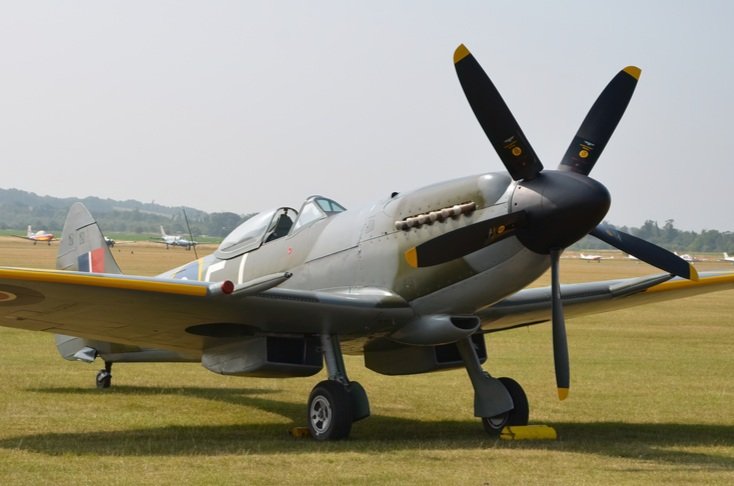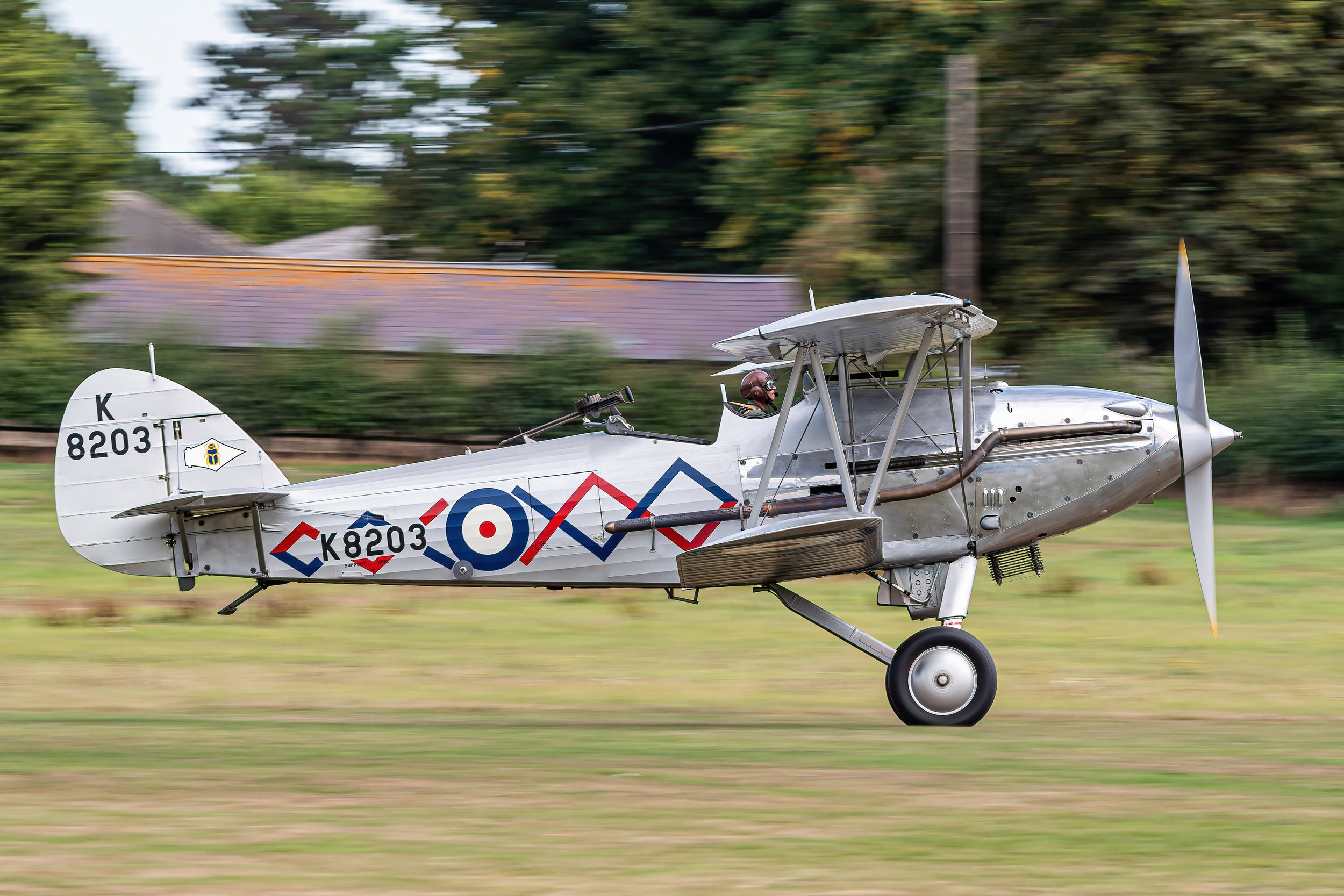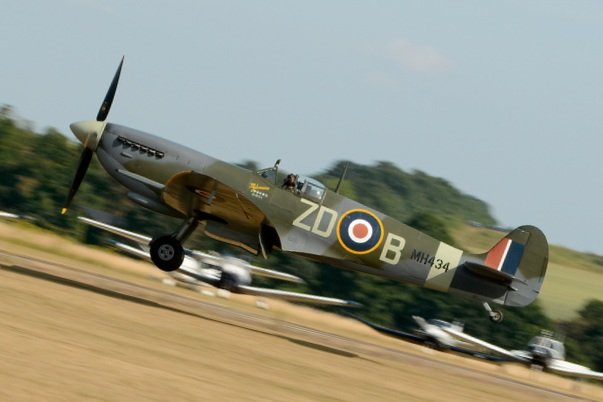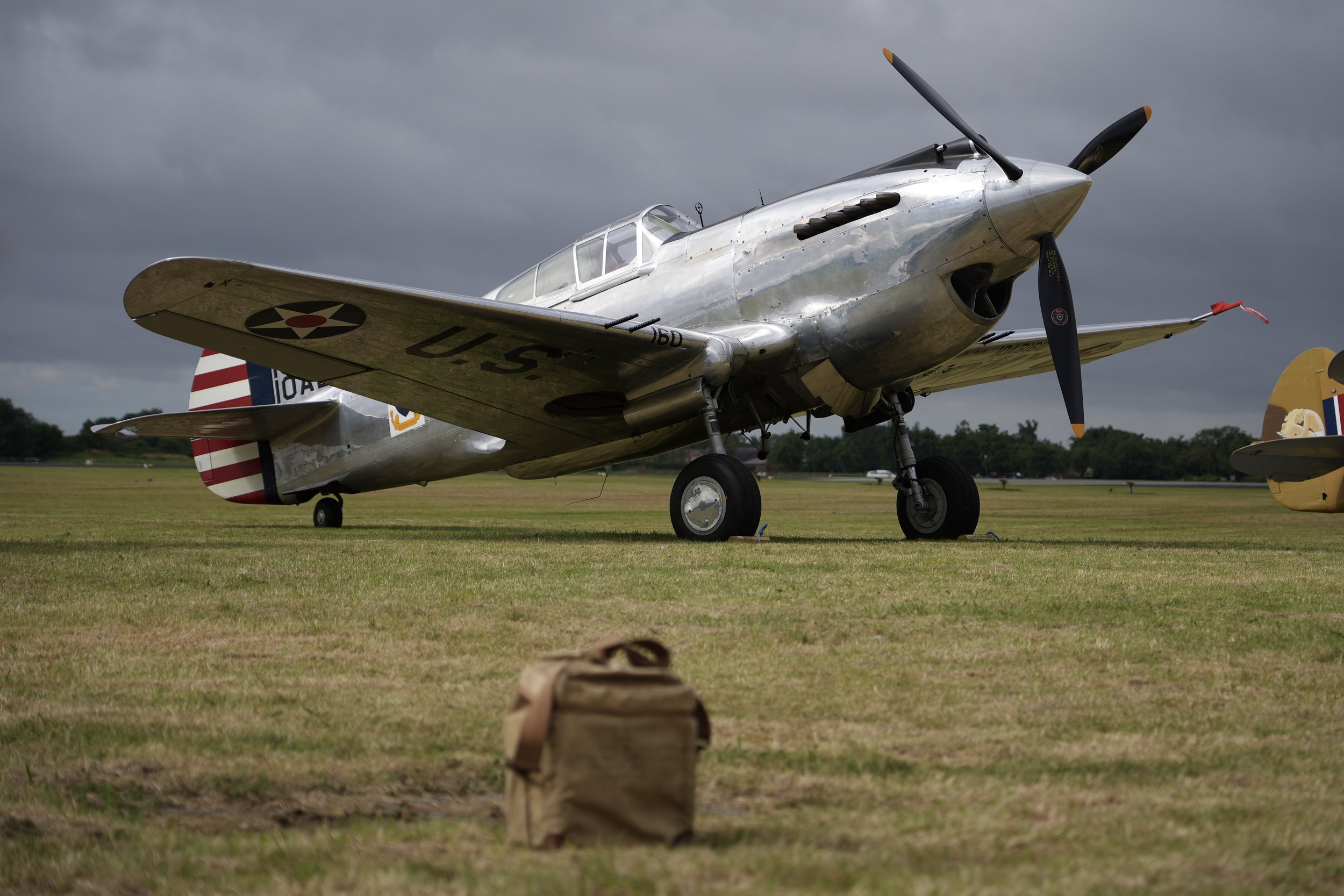Catalina G-PBYA
Year built
1944
Aircraft
Canso 2F
Base
Duxford Airfield
This Exact Catalina left the Canadian Vickers production plant in 1944 as a PBV-1A and was taken on Strength with the Royal Canadian Air Force with serial number 11005 later that year. It was then transferred to the No. 9 Squadron at Bella Bella, British Columbia where it performed anti-submarine patrol duties until 1944.
In August 1944 it was transferred to the No. 7 Squadron at Alliford Bay where it performed anti-submarine patrol duties until 1945 when it was assigned to No. 2 Air Command and later ferried to RCAF Station Moose for storage.
In late 1948 the aircraft was flown to Havilland Canada in Downsview, Ontario where it was converted to a Canso 2F.
On the 19th of March 1949, it was transferred to North West Air Command and later to No. 413 Squadron at Rockcliffe, Ontario where it was Delivering and supporting the duties for Shoran stations across Canada.
In December 1952 it was transferred to 121 Flight at Sea Island, British Columbia where it operated with “QT-005” markings until 1959.
On the 25th of May 1961, the aircraft was retired from the Royal Canadian Air Force and joined the Frontier Air Transport fleet at Calgary, Alberta with a civil registration CF-NJF. It was then converted to a firebomber by Field Aviation where it received internal water tanks.
After the conversation, it was sold to Kenting Aviation Ltd in Toronto, Ontario where it flew until 1974.
In 1966 and 1968 the aircraft was leased to the French Civil Protection where it received temporary civil registrations F-ZBAY (1966) and F-ZBBD (1968).
In 1974 the aircraft was sold to North Canada Air Ltd where it operated with markings “14” up until 1979. During this time the Canadian registry system changed and so did the aircraft civil registration from CF-NJF to C-FNJF.
On the 23rd of June 1980, the Catalina was sold to the Saskatchewan government where it performed fire fighting duties until 1997.
In September 1997 the aircraft was sold to Hicks and Lawrence and flown to Catalina Aero Services Ltd. in Nanaimo, British Columbia where it was converted to passenger standard. The conversion included the removal of all water-bombing equipment which were replaced with seats and the addition of the panoramic view side blisters.
In 2002 after the conversion the Catalina was sold to Catalina Aircraft Ltd and in March 2004 performed a ferry flight to its new home in Duxford where it received the new civil registration G-PBYA.
In May 2005 the Catalina received a new US Army Air Corps colour scheme with the markings of the Canadian-built PBV-1A serial number 44-33915 which was delivered to the USAAF under designation OV-10A. OV-10A landed in the North Sea on the 30th of March 1945 to rescue a pilot of the downed P-51D Mustang but was unable to take off due to engine problems. After a day of being unable to take off the aircraft was attacked by the German Me 262 and later sunk. All occupants escaped.
| Back to Top |
Consolidated PBY Catalina
The Consolidated PBY Catalina is a flying boat and amphibious aircraft that was produced in the 1930s and 1940s. In Canadian service, it was known as the Canso. It was one of the most widely used seaplanes of World War II. Catalinas served with every branch of the United States Armed Forces and in the air forces and navies of many other nations. The last military PBYs served until the 1980s. As of 2021, 86 years after its first flight, the aircraft continues to fly as a waterbomber (or airtanker) in aerial firefighting operations in some parts of the world. None remain in military service.
The PBY was originally designed to be a patrol bomber, an aircraft with a long operational range intended to locate and attack enemy transport ships at sea in order to disrupt enemy supply lines. With a mind to a potential conflict in the Pacific Ocean, where troops would require resupply over great distances, the U.S. Navy in the 1930s invested millions of dollars in developing long-range flying boats for this purpose. Flying boats had the advantage of not requiring runways, in effect having the entire ocean available.
As American dominance in the Pacific Ocean began to face competition from Japan in the 1930s, the U.S. Navy contracted Consolidated, Martin and Douglas in October 1933 to build competing prototypes for a patrol flying boat. The naval doctrine of the 1930s and 1940s used flying boats in a wide variety of roles that today are handled by multiple special-purpose aircraft. The U.S. Navy had adopted the Consolidated P2Y and Martin P3M models for this role in 1931, but both aircraft were underpowered and hampered by the inadequate range and limited payloads.
Consolidated and Douglas both delivered single prototypes of their new designs, the XP3Y-1 and XP3D-1, respectively. Consolidated's XP3Y-1 was an evolution of the XPY-1 design that had originally competed unsuccessfully for the P3M contract two years earlier and of the XP2Y design that the Navy had authorized for a limited production run. Although the Douglas aircraft was a good design, the Navy opted for Consolidated's because the projected cost was only $90,000 per aircraft.
Consolidated's XP3Y-1 design had a parasol wing with external bracing struts, mounted on a pylon over the fuselage. Wingtip stabilizing floats were retractable in flight to form streamlined wingtips and had been licensed from the Saunders-Roe company. The two-step hull design was similar to that of the P2Y, but Model 28 had a cantilever cruciform tail unit instead of a strut-braced twin tail. Cleaner aerodynamics gave the Model 28 better performance than earlier designs. Construction is all-metal, stressed-skin, of aluminium sheet, except the ailerons and wing trailing edge, which are fabric covered.
The prototype was powered by two 825 hp (615 kW) Pratt & Whitney R-1830-54 Twin Wasp radial engines mounted on the wing's leading edge. Armament comprised four .30 in (7.6 mm) Browning AN/M2 machine guns and up to 2,000 lb (910 kg) of bombs.
The XP3Y-1 had its maiden flight on 21 March 1935, after which it was transferred to the U.S. Navy for service trials. The XP3Y-1 was a significant performance improvement over previous patrol flying boats. The Navy requested further development in order to bring the aircraft into the category of patrol bomber, and in October 1935, the prototype was returned to Consolidated for further work, including installation of 900 hp (670 kW) R-1830-64 engines. For the redesignated XPBY-1, Consolidated introduced redesigned vertical tail surfaces which resolved a problem with the tail becoming submerged on takeoff, which had made lift-off impossible under some conditions. The XPBY-1 had its maiden flight on 19 May 1936, during which a record non-stop distance flight of 3,443 mi (2,992 nmi; 5,541 km) was achieved.
The XPBY-1 was delivered to VP-11F in October 1936. The second squadron to be equipped was VP-12, which received the first of its aircraft in early 1937. The second production order was placed on 25 July 1936. Over the next three years, the design was gradually developed further and successive models were introduced.
The aircraft eventually bore the name Catalina after Santa Catalina Island, California; the name was coined in November 1941, as Great Britain ordered their first 30 aircraft.
| Back to Top |
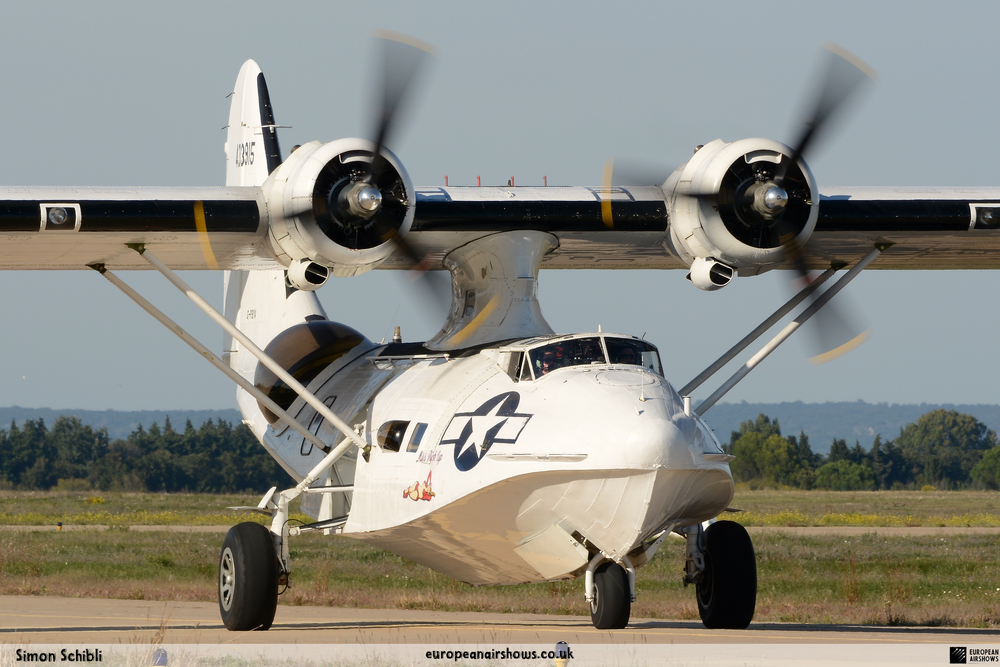

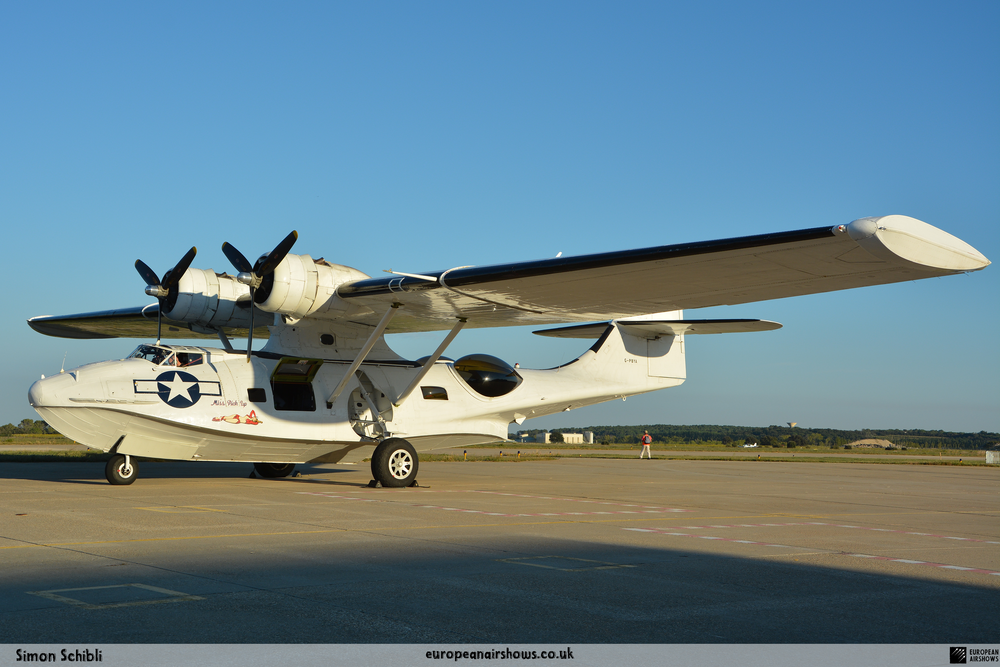
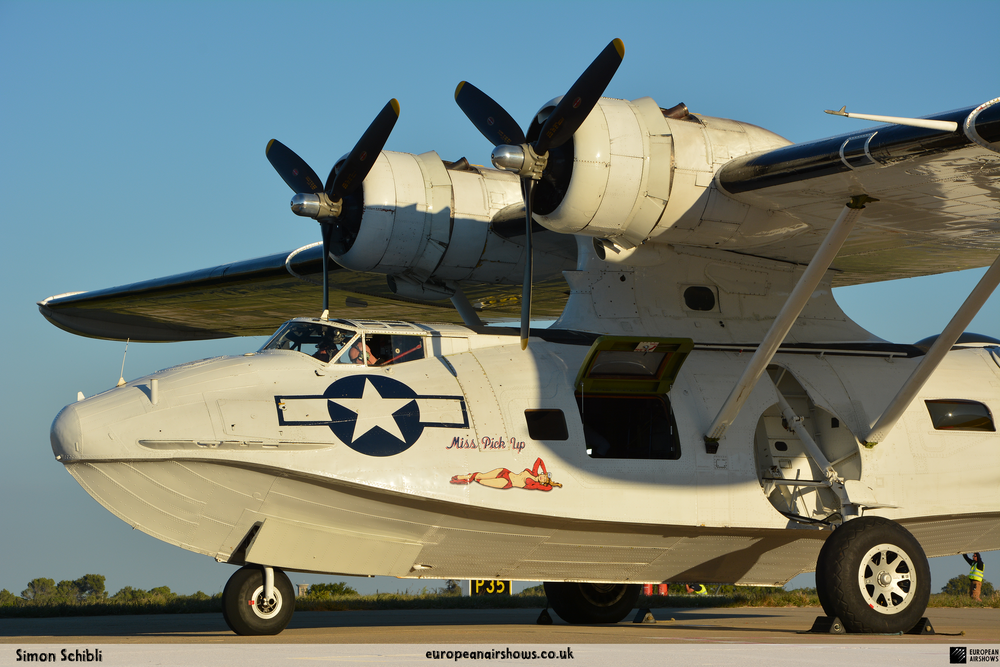
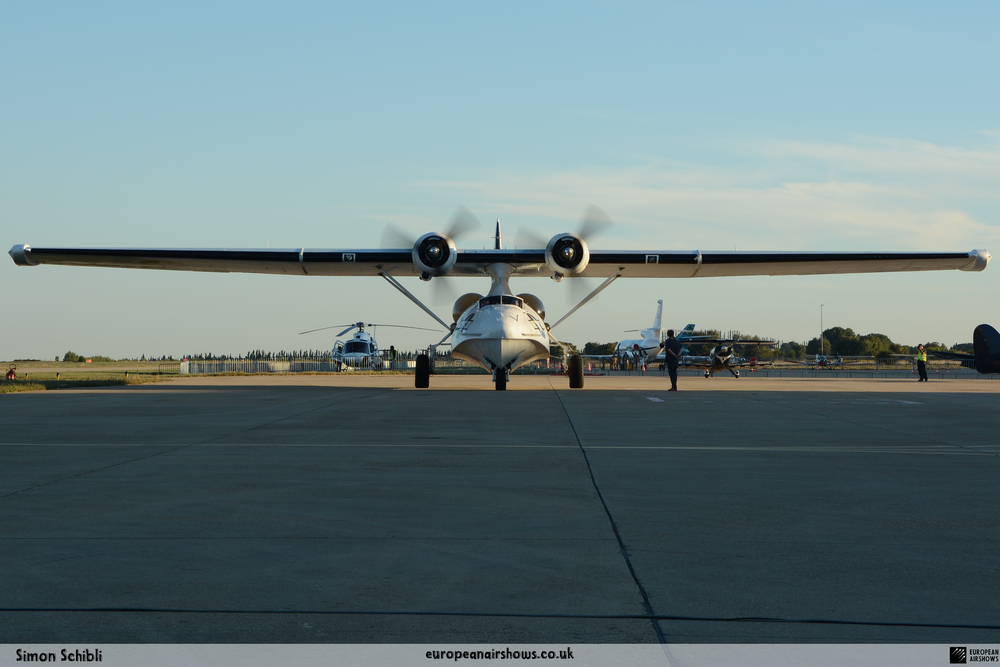

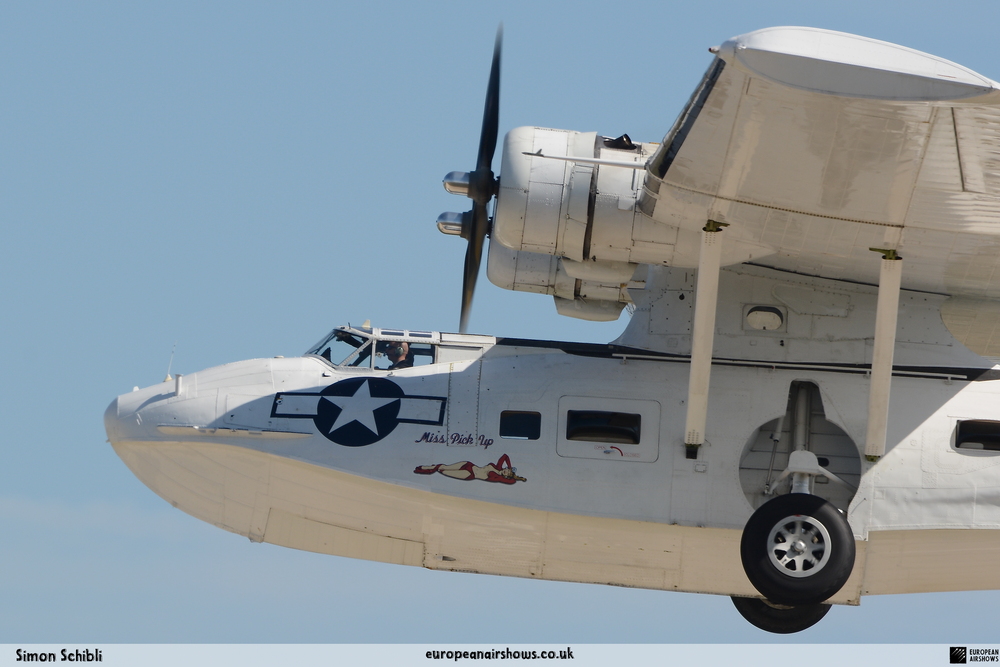
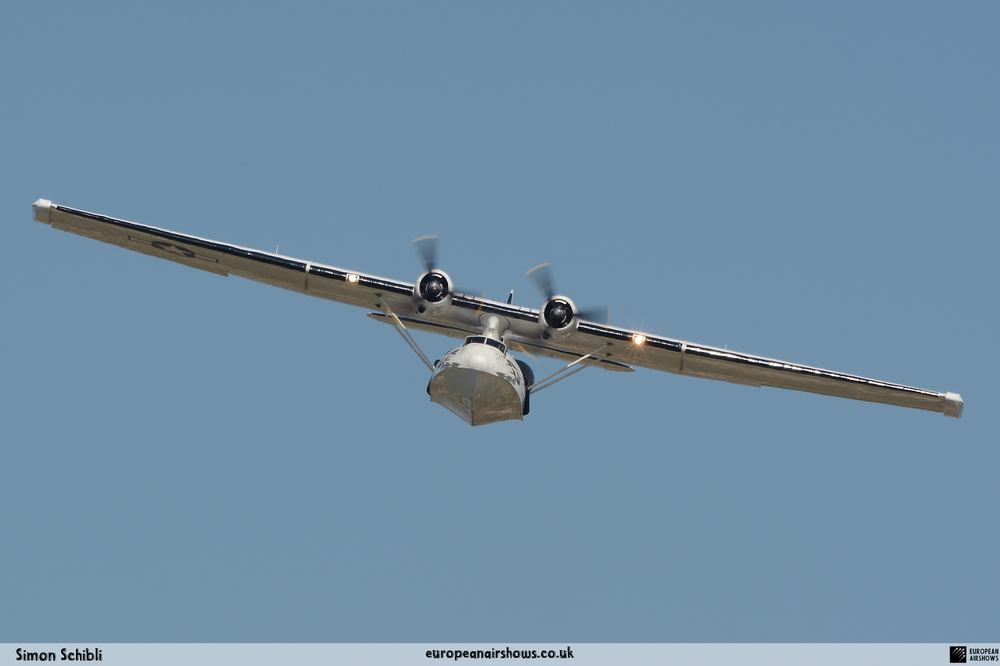
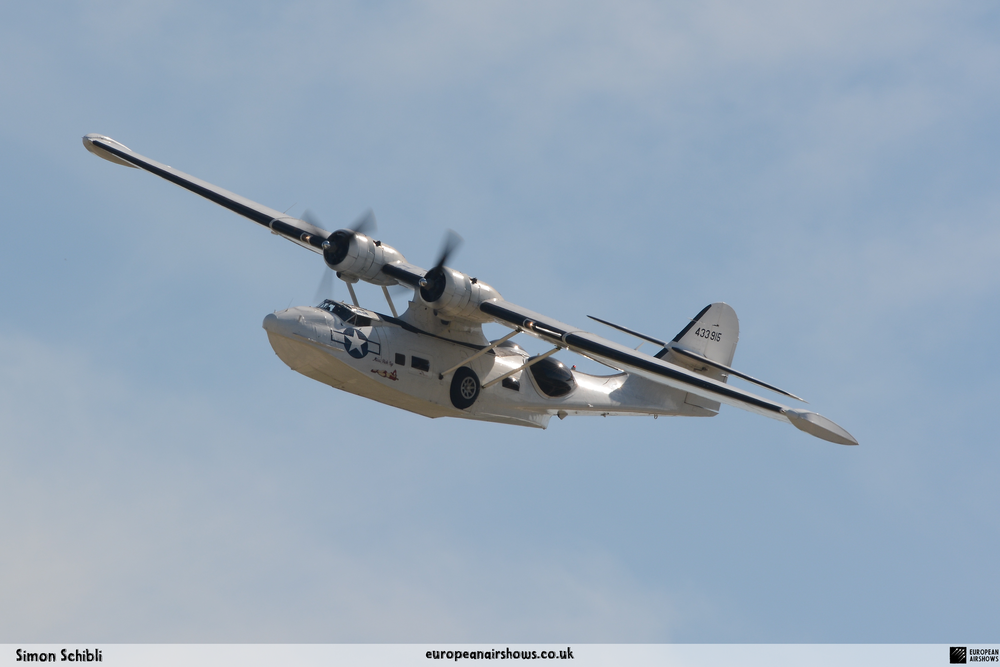

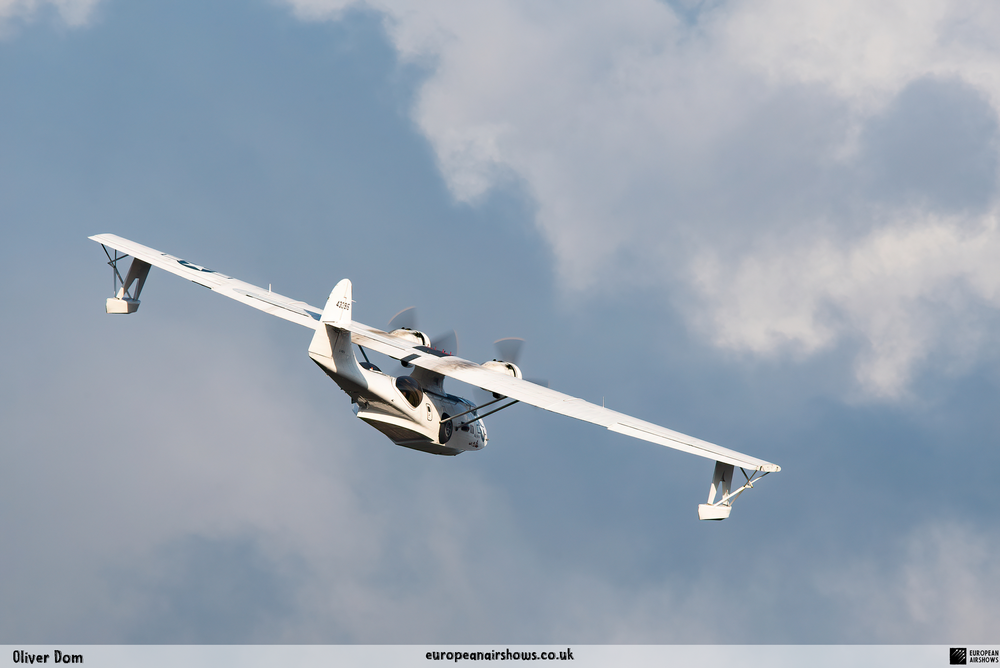
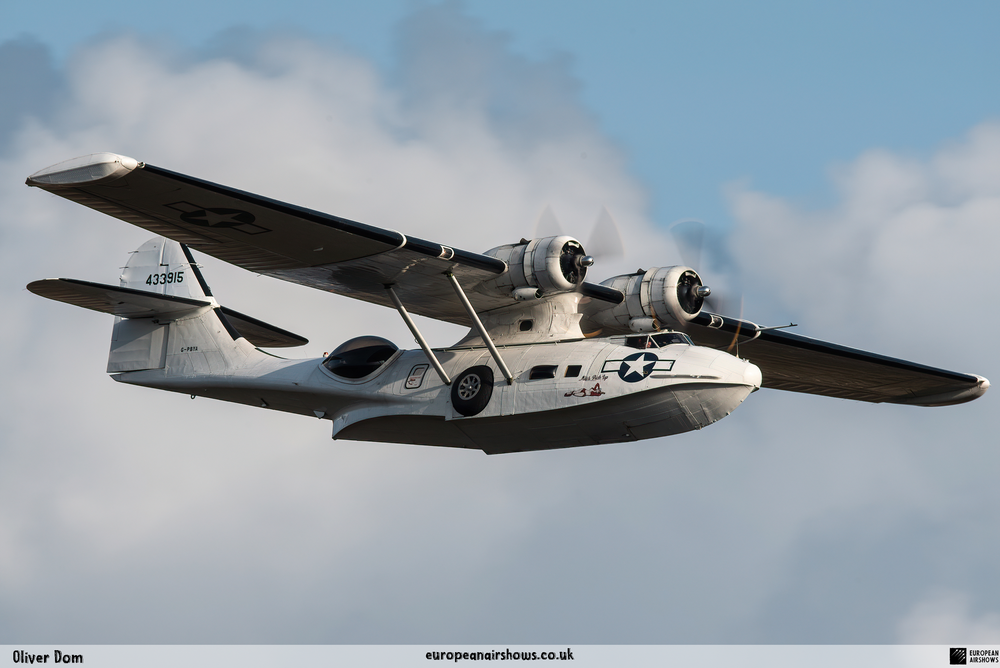
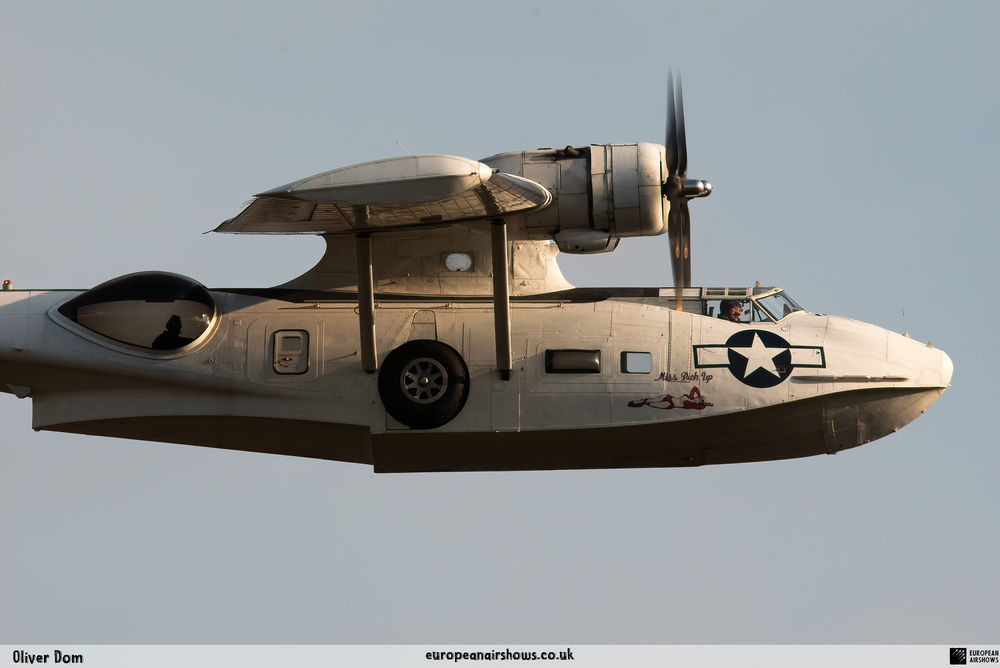
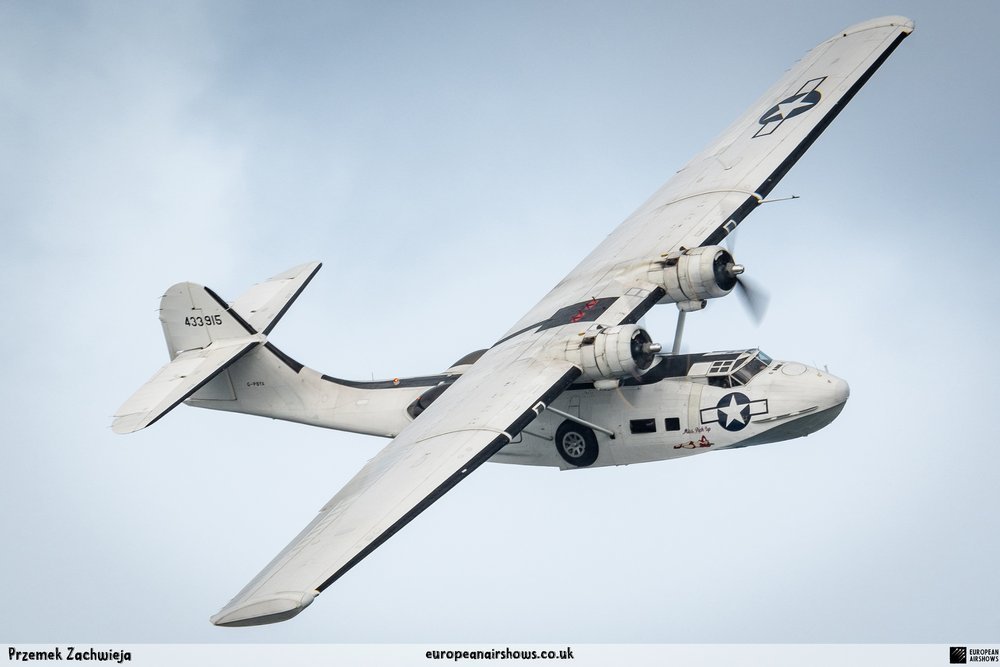
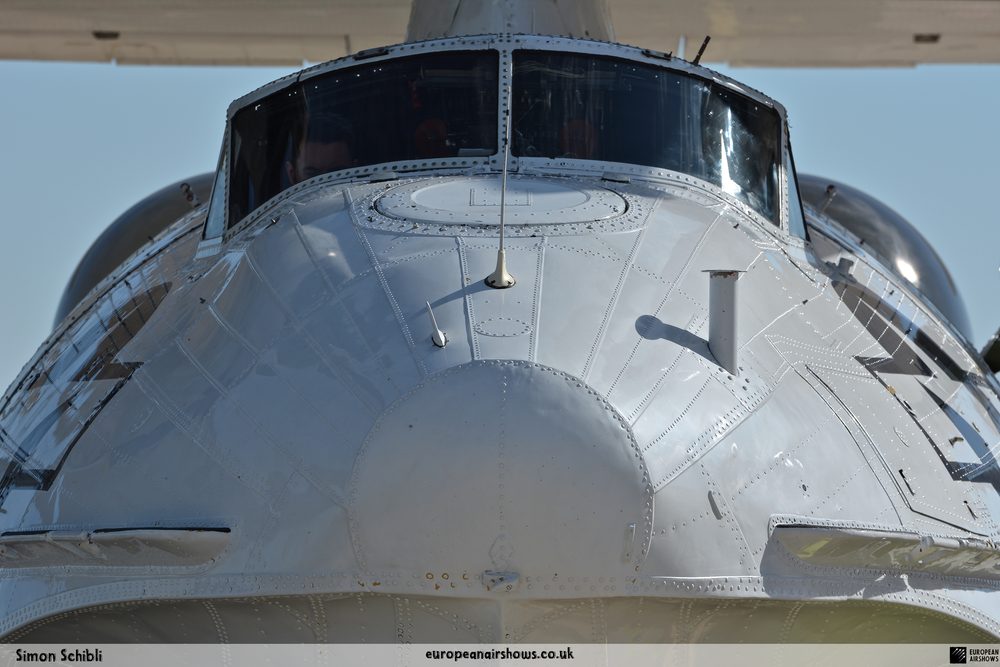
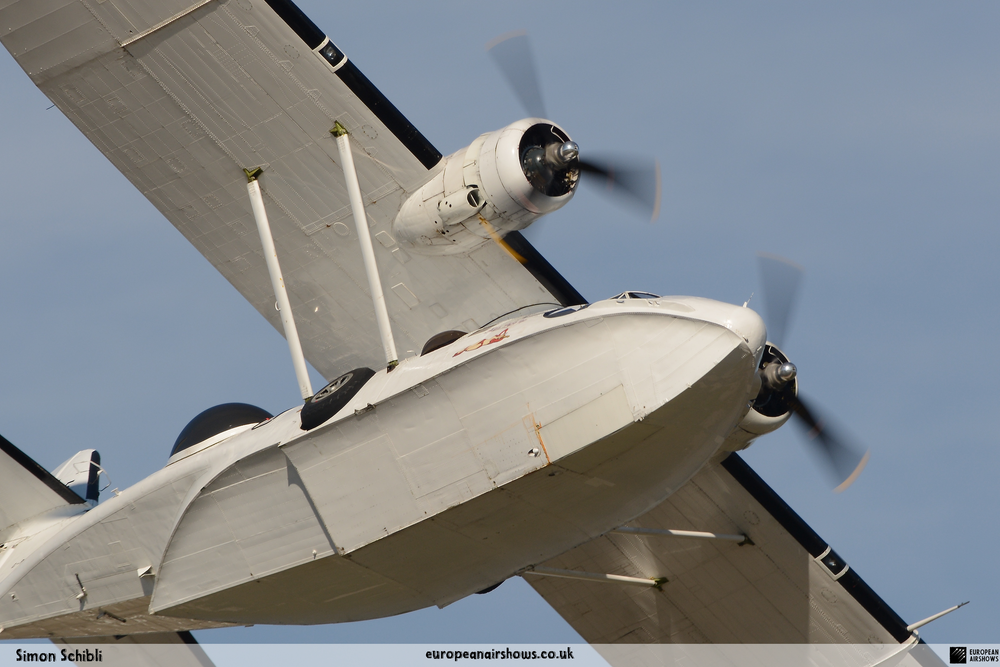
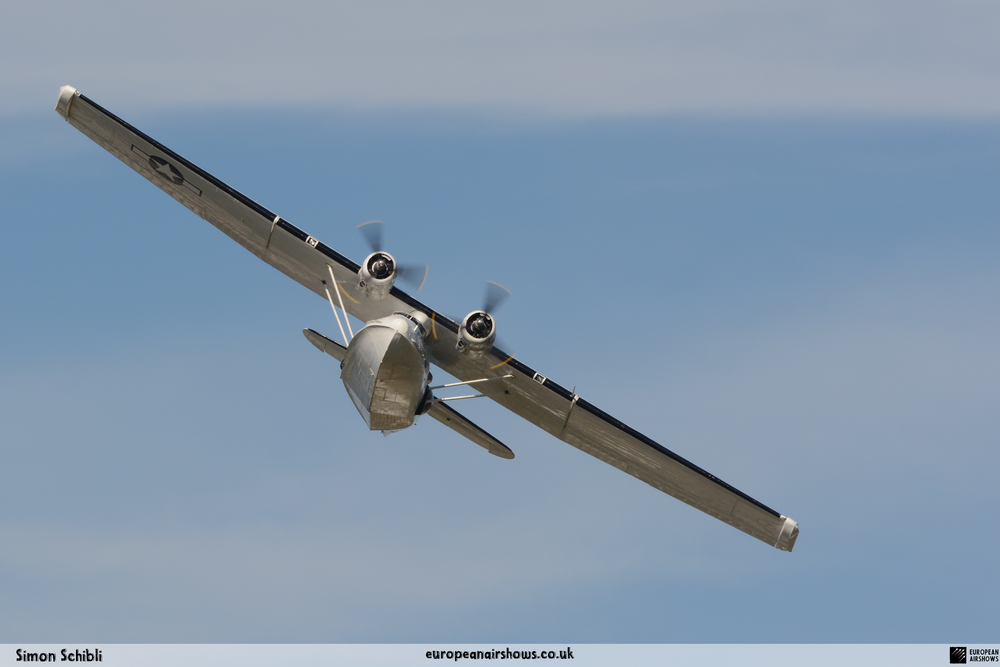
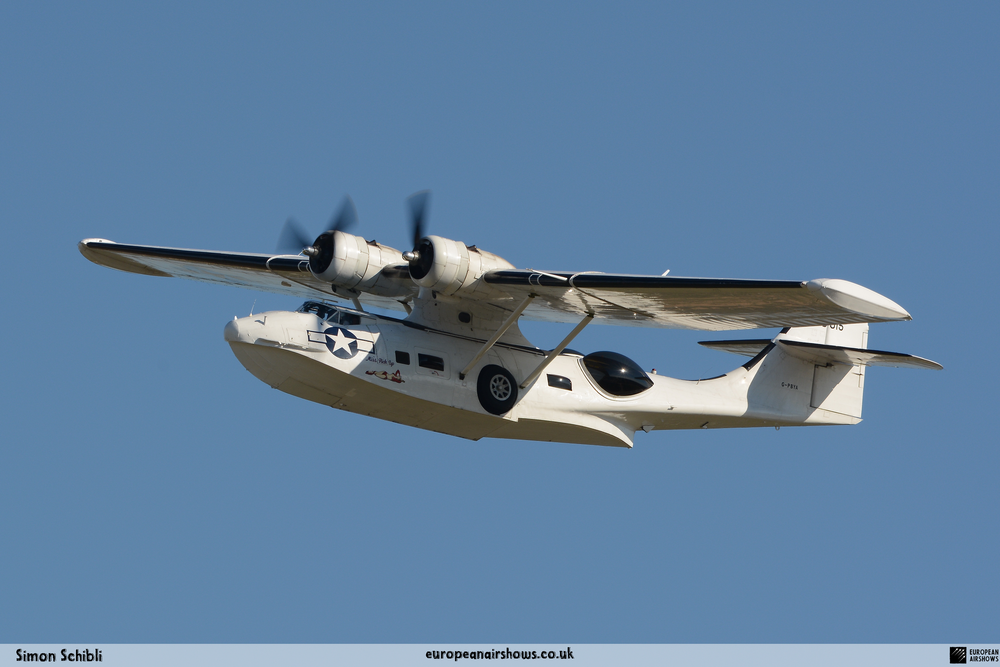
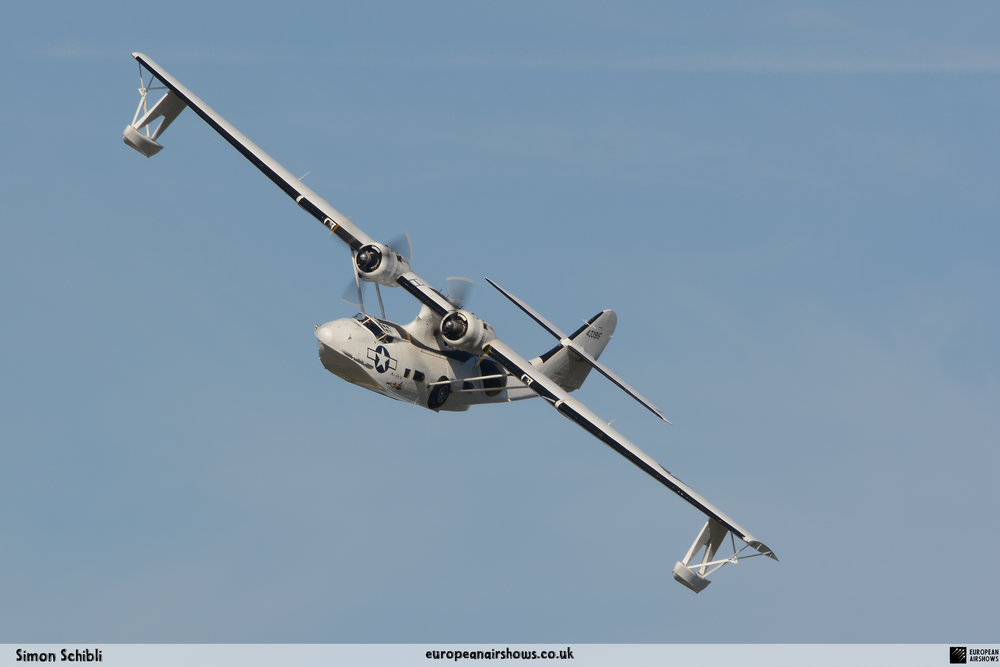

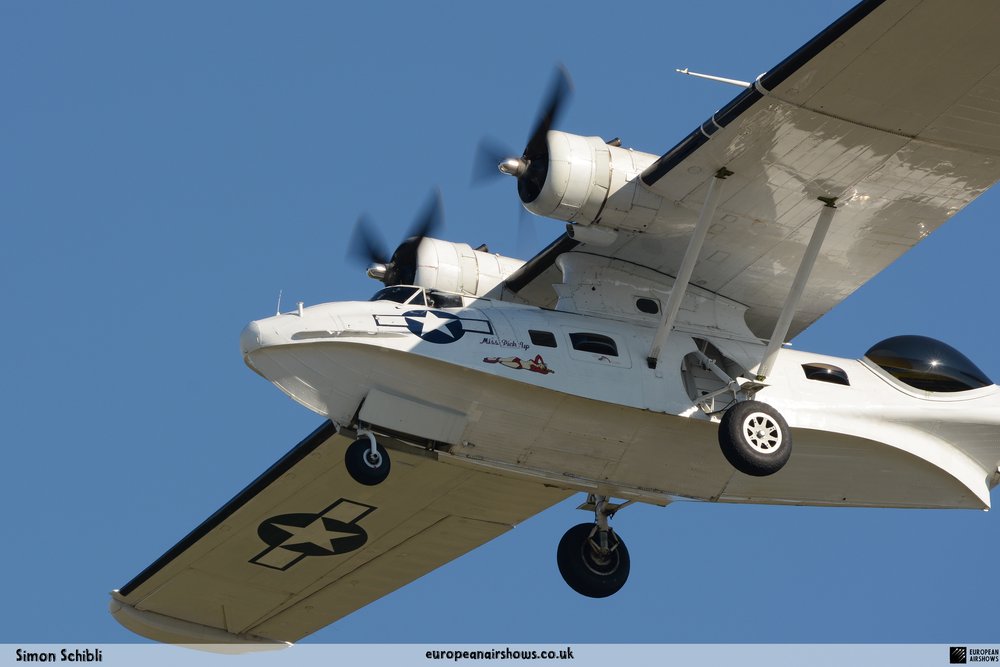
| Back to Top |






















